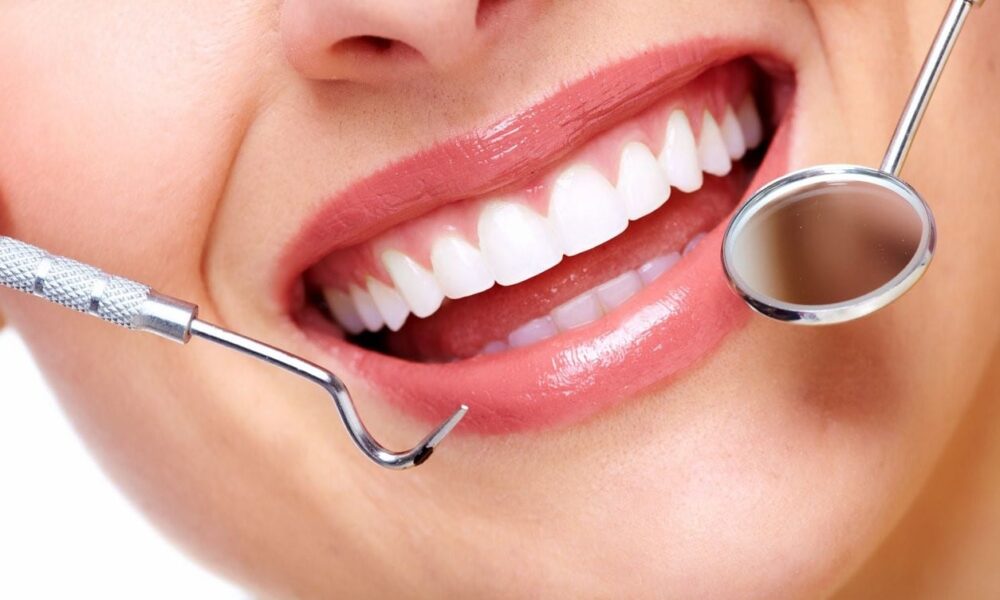
What Is An Abscessed Tooth?
What Is an Abscessed Tooth? Causes, Symptoms, and Effective Treatments
If you’re struggling with a persistent, throbbing toothache that disrupts your sleep, it may be more than a simple cavity, it could be an abscessed tooth, a serious dental issue that needs immediate attention.
An abscessed tooth occurs when bacteria infect the pulp, the inner part of the tooth containing nerves and blood vessels, and spread to the root or nearby tissues. When the body can’t contain the infection, pus forms and creates a painful pocket called an abscess.
In this complete guide, you’ll learn everything about tooth abscesses: types, signs, treatment options, risks of leaving it untreated, and prevention strategies.
Types of Dental Abscess
There are three major types of tooth abscesses, depending on where the infection occurs:
-
Gingival Abscess (Gum Abscess)
-
- Appears on the gum surface
- Often caused by food particles or gum trauma
- Easier to treat when diagnosed early
-
Periodontal Abscess
- Develops deep within gum pockets
- Pus buildup spreads to the jawbone and surrounding tissues
- Can lead to tooth loosening if untreated
-
Periapical Abscess
- Starts in the pulp due to severe tooth decay
- Often affects wisdom teeth
- May not show symptoms on the surface initially, but can spread quickly
Common Symptoms of an Abscessed Tooth
Typical signs include:
- Intense, throbbing toothache radiating to the jaw, neck, or ear
- Sensitivity to hot, cold, or pressure
- Pain while chewing or biting
- Swollen face or gums
- Bad taste or foul odour from draining pus
- Discoloration or loosening of the tooth
- Pus-filled bump on the gums
- Bleeding or inflamed gums
Warning signs needing urgent care:
- Fever, chills
- Swollen lymph nodes
- Headache or nausea
- Jaw stiffness (trismus)
- Trouble breathing or swallowing (dysphagia)
- Fatigue or dizziness
Important: If your toothache disappears suddenly, it might mean the nerve has died, not that the infection is gone. Always see a dentist promptly.
What Does an Abscessed Tooth Look Like?
You might see:
- Swollen or inflamed gums
- A visible bump or blister near the infected tooth
- Swelling in the cheek or jaw
- Enlarged lymph nodes in the neck
- In rare cases, holes in the gum or roof of the mouth
Even if nothing is visible, don’t ignore the pain—early treatment is key.
Treatment Options for a Tooth Abscess
-
Drainage
-
- A dentist may release the pus by pressing or making a small incision
- The area is disinfected to avoid further infection
-
Root Canal Therapy
- Infected pulp is removed
- The tooth is cleaned and sealed
- A dental crown is often placed for protection
-
Tooth Extraction
- Required if the tooth is too damaged to save
- Typically, a last resort
-
Medications
- Antibiotics to prevent the spread (especially with fever or swelling)
- OTC pain relievers like ibuprofen or acetaminophen
Emergency Alert: If you experience high fever, facial swelling, or breathing issues, seek emergency care immediately.
What Happens If You Don’t Treat a Tooth Abscess?
Leaving a dental abscess untreated can lead to:
- Infection spreading to the jaw, face, or bloodstream (sepsis)
- Bone loss
- Hospitalization
- In extreme cases, it can become life-threatening
How to Prevent an Abscessed Tooth
The best protection is good oral hygiene:
- Brush teeth twice daily with fluoride toothpaste
- Floss daily to remove plaque between teeth
- Use an antibacterial or fluoride mouthwash
- Replace your toothbrush every 3-4 months
- Eat a healthy diet; reduce sugary snacks
- Schedule regular dental checkups and cleanings
Conclusion
An abscessed tooth is a serious infection that won’t go away on its own. Delaying treatment can cause severe complications, including tooth loss and systemic infections. If you notice swelling, pus, or a persistent toothache, consult your dentist immediately.
For more trusted oral health tips and advice, visit HealthCareTipsHub.com






